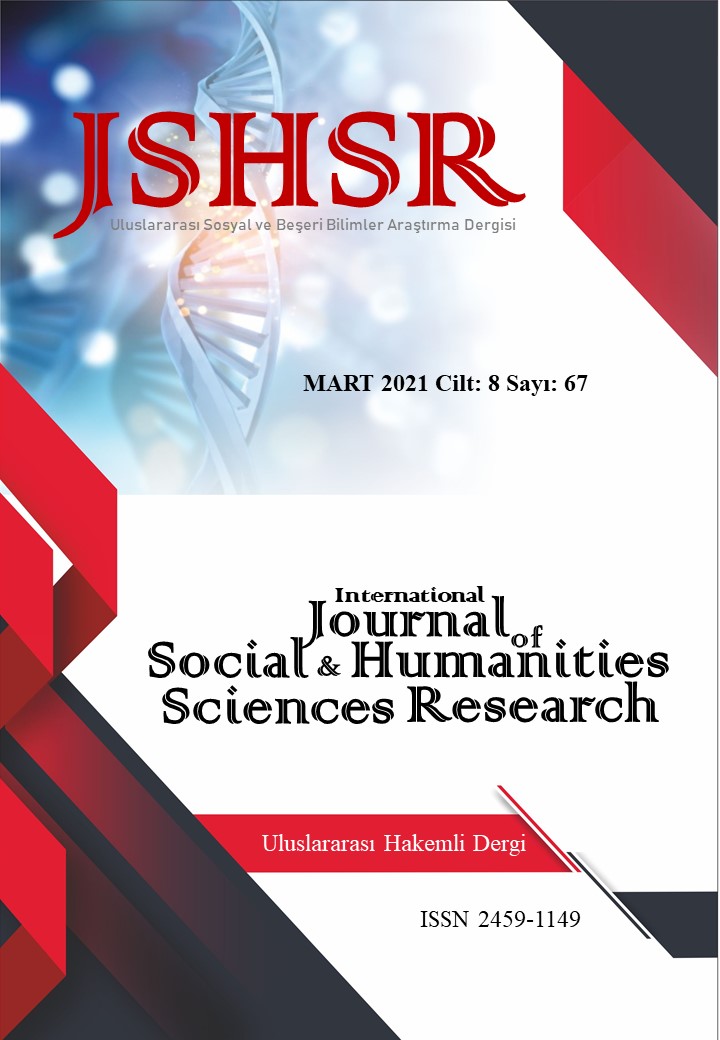THE SYMBOLS OF ROBERT SCHUMANN'S MUSIC AND THE HIDDEN MEANINGS IN OP.2 PAPILLONS
DOI:
https://doi.org/10.26450/jshsr.2341Keywords:
Robert Schumann, Op.2 Papillons, Jean Paul, Florestan, Eusebius, Flegeljahre, SymbolismAbstract
Robert Schumann is considered the first great composer of German romanticism. In the musical style shaped under the influence of German romanticism and in the works he composed, he made use of literature inspired by him since childhood. With time, music and literature have become inseparable from Schumann's musical language. Metaphors, imaginations, and symbols in literature are the main subject of the composer's works. The metaphors used by the writer Jean Paul, whom he had a great influence on, deeply influenced Schumann and shaped many of his works.
This study examines Schumann's musical symbols and the hidden meanings in Op.2 Papillons. The main subject is the musical revival of the characters in Jean Paul’s novel Flegeljahre on the Papillons. While examining the literary symbols and descriptions placed in the music, it is aimed to understand the composer's intellectual point of view. In the study, it is intended to achieve a better comprehension process and interpretation by assimilating the metaphorical and imaginary expression in Schumann's music
Downloads
Published
How to Cite
Issue
Section
License
Copyright (c) 2021 INTERNATIONAL JOURNAL OF SOCIAL HUMANITIES SCIENCES RESEARCH

This work is licensed under a Creative Commons Attribution 4.0 International License.


